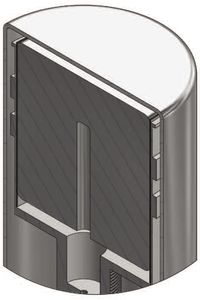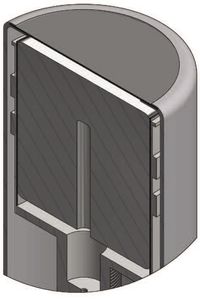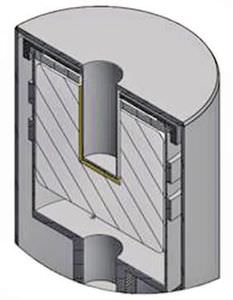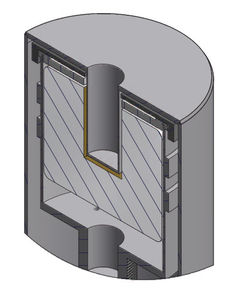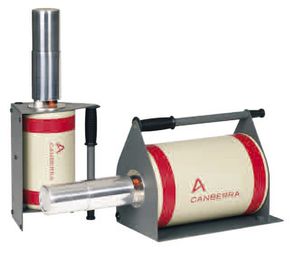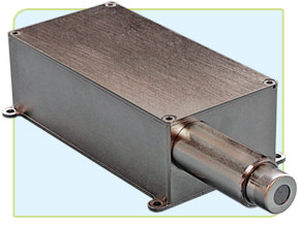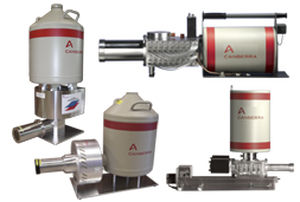
X-ray detector






Add to favorites
Compare this product
Characteristics
- Detected entity
- X-ray
Description
The broad-band x-ray flux from synchrotron radiation sources has revitalized the relatively old experimental technique known as x-ray absorption spectrometry. X-ray absorption spectroscopy measures the attenuation of an x-ray beam passing through a sample, just as do the more familiar infrared or UV-visible techniques. Typical x-ray energies are on the order of 300 eV to 30 keV or more, compared to visible light of 23 eV and infrared energies of about 0.050.5 eV. High energy x-ray absorption transitions involve core electrons which are only slightly perturbed by chemical changes in the valence electrons, hence each element has characteristic absorption edges at which the x-ray energy is just sufficient to liberate a particular type of core electron. Since edges are generally well separated in energy, x-ray absorption is a technique which can uniquely probe the environment of any element from carbon through the transuranics. A generalized x-ray absorption spectrum is illustrated at right.
CANBERRA has been the leader in the development and production of Germanium Array Detectors for this application. Herein you will find a brief summary of our capabilities and products.
Catalogs
No catalogs are available for this product.
See all of Canberra Industries‘s catalogsRelated Searches
*Prices are pre-tax. They exclude delivery charges and customs duties and do not include additional charges for installation or activation options. Prices are indicative only and may vary by country, with changes to the cost of raw materials and exchange rates.


